Star Wars: Galactic Starcruiser – Interview with Doug Chiang: Designing the Halcyon
Upon the conclusion of the media preview voyage on February 23, FANgirl Blog had the opportunity to interview several of the project leaders responsible for the development of the Star Wars: Galactic Starcruiser experience. One of them was Doug Chiang, well known for working directly with George Lucas as head of the art department during the production of The Phantom Menace and Attack of the Clones. Having returned to Lucasfilm in 2013 for the launch of a new era of Star Wars storytelling, Chiang currently holds the title of Vice President and Executive Creative Director for Star Wars design.
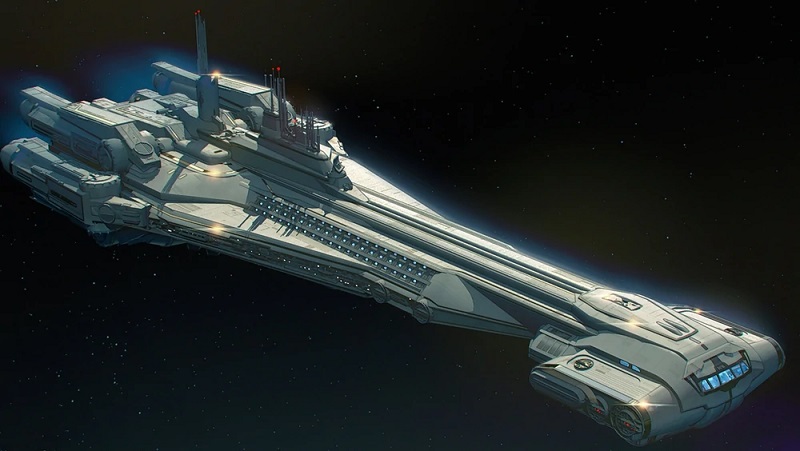
We began the interview by noting that the Halcyon’s designs incorporate elements from the Sequel Trilogy films, when the story of the voyage takes place on the in-universe timeline, as well as sleek and luxurious elements reminiscent of the Prequel Trilogy and controls panels and other technology resembling Original Trilogy era devices.
“That was really important to us. When we design Star Wars, there’s a very rich history. Even in terms of visual language, it’s all been thought out in terms of what the timeline is, all the different elements. What you’re seeing now on the Starcruiser is a culmination of all of those elements. You see chrome elements from the Naboo era on the outside, decorative elements. You see the body, the form language, of the ship itself looks like the Tantive IV in terms of style. Those elements really bring it into the Star Wars universe, but you’re seeing it combined in a fresh new way. For me, that’s what makes Star Wars special. We’re always trying to achieve some level of newness. The universe is so expansive, we’re always trying to anchor it in what’s familiar and then add thirty to forty percent that’s new. That makes it more authentic in some ways.”
A unique room in the Halcyon is the Climate Simulator, which allows passengers to experience a moment in the real-world Florida outdoors through the conceit of an interior starship room that mimics the climate of Batuu, location of the voyage’s planetary excursion.
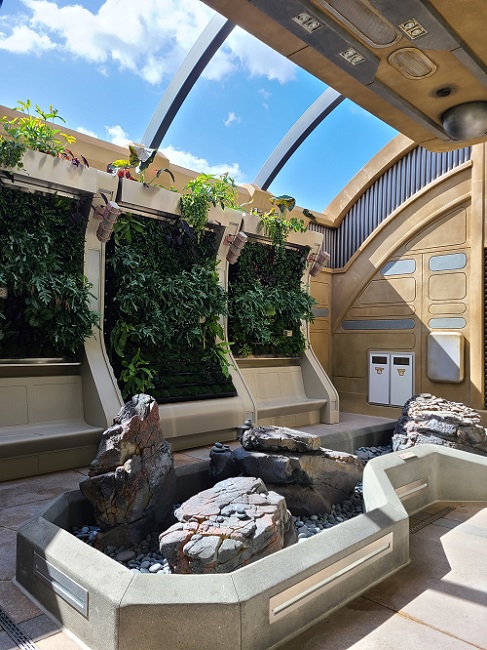
“It’s another layer in the ship itself. A whole new different experience, where you feel like you’re in a Zen garden. All the rooms were designed with that in mind, so that each one had a very distinct personality. You’re not really stuck on a ship. There’s enough richness so that you never get bored.”
The Crown of Corellia dining room, where passengers take their buffet meals as well as the two fancy table-service dinners, includes some unexpected callbacks to familiar Star Wars designs. Tricia Barr remarked to Chiang that the large light fixtures on the ceiling evoke the carbon freezing chamber from The Empire Strikes Back.
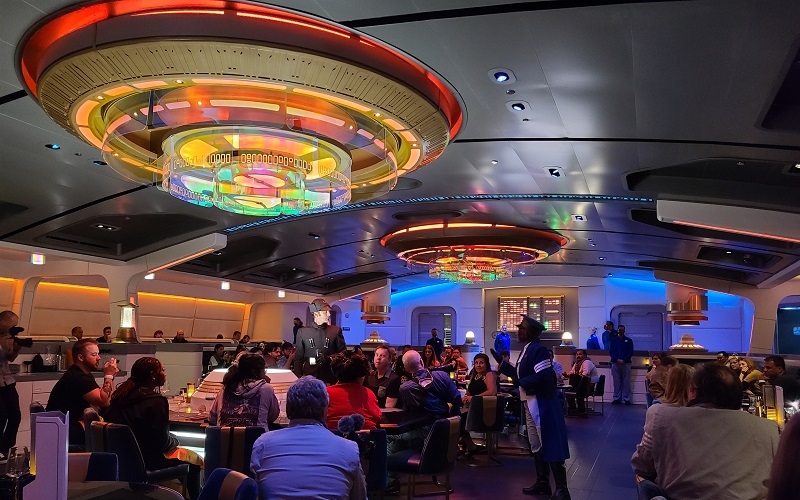
“That’s a lot of fun in what we do. We take a lot of the same form language and turn it on its head so that there’s something very familiar. As fans, if they look at it, they’ll recognize things. And for non-fans, as well, they’ll look at it and say, ‘Those shapes are very Star Wars’ even if they won’t quite know what it is. Those are the things we always try to build in there. The dining room is a really wonderful example of that. If you look at the ceiling, the arc mirrors the architecture of Jabba’s Palace, but it’s not identical.”
Referring back to the earlier discussion of technology design, Chiang continued:
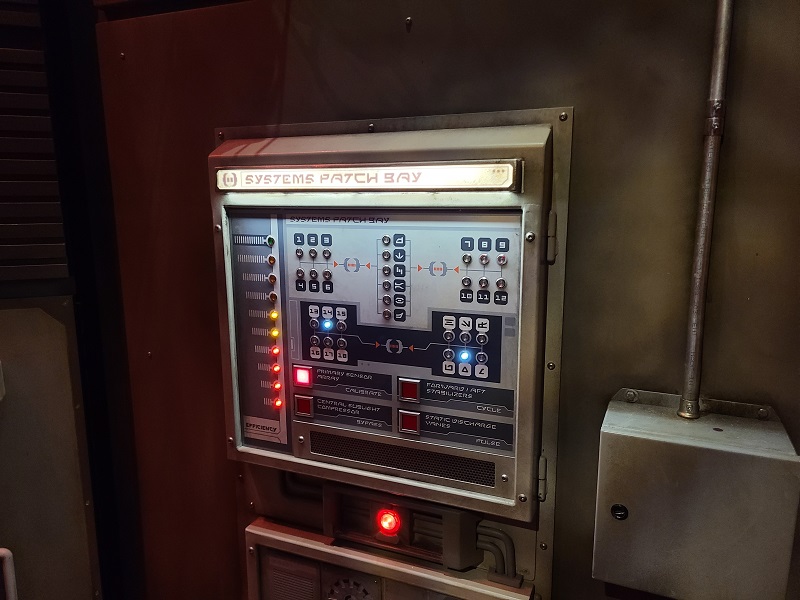
“Even things like buttons and control panels, they’re all very consistently Star Wars but they’re all slightly different. If you put all of those pieces together, it creates a whole environment that naturally speaks of Star Wars. If you look a picture of the dining room, or the bridge, or the lobby, it just speaks Star Wars. It’s not one thing, it’s all of those things.”
We concluded the interview by asking Chiang for his thoughts on the difficult design challenges in creating the Halcyon.
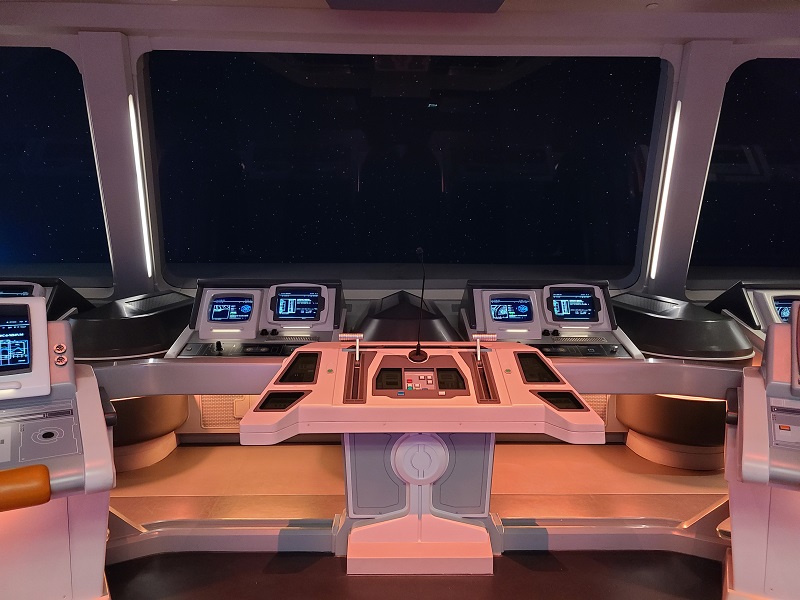
“One of the hardest ones was the bridge. How do you realize the bridge set with this giant window that looks out into space, and make it immersive and make it real? On a movie set we can cheat quite a bit, because you can add visual effects after the fact. Here, it’s all happening in real time, so how do you create that illusion? One of the challenges that we had was: we’re limited by the technology that we have today, in terms of projection systems, and how far away you can make the screen, and the brightness of the screen. We were really trying to think of clever ways that we could overcome those limitations. The original plan for the bridge was to have this huge window with direct sunlight coming in, but in reality we could never achieve that. We can’t even achieve that on our movie sets. How do you then overcome that limitation and still create an experience where you feel like you’re on a bridge, looking out into space? If you look at it, I think it works.”
Related Links
- Star Wars: Galactic Starcruiser – First Impressions
- Star Wars: Galactic Starcruiser – Immersive Adventure Achieved
- Star Wars: Galactic Starcruiser – The Continuity Conundrum
- Star Wars: Galactic Starcruiser Adventure with Fangirls Going Rogue (Fangirls Going Rogue YouTube)
- Fangirls Going Rogue Episode 22.5: Star Wars: Galactic Starcruiser Day One Reactions
- Fangirls Going Rogue Episode 22.6: Star Wars: Galactic Starcruiser Day Two Reactions
- Galactic Starcruiser Ship Tour with Fun Facts (Skywalking Through Neverland YouTube)
- Galactic Starcruiser Food & Drinks (Skywalking Through Neverland YouTube)
- Skywalking Through Neverland Episode 358: Galactic Starcruiser – Accessibility & Know Before You Go
- Hyperspace Theories: Bad Luck Ghorman - June 2, 2025
- Hyperspace Theories: One Year Later as ANDOR Kicks Off Season Two - May 15, 2025
- REVIEW: Tales of the Underworld - May 4, 2025









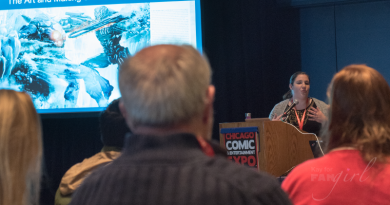
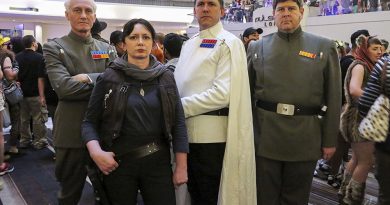
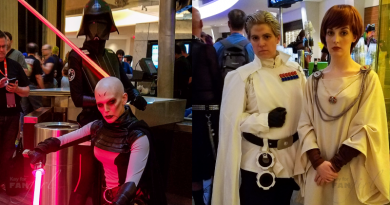
Pingback:Star Wars: Galactic Starcruiser – Interview with Walt Disney Imagineering – FANgirl Blog
Pingback:Star Wars: Galactic Starcruiser – Interview with Walt Disney Imagineering – FANgirl Blog
Pingback:Ten Things You Need To Know Before Going On Star Wars: Galactic Starcruiser – FANgirl Blog